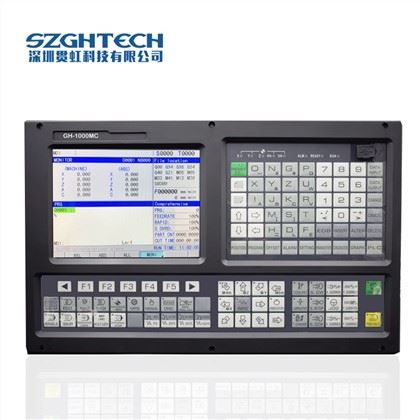As FANUC CNC 2 axis cnc Turning controller Support Dual analog voltage for Turrent Lathe Machine CNC Control System
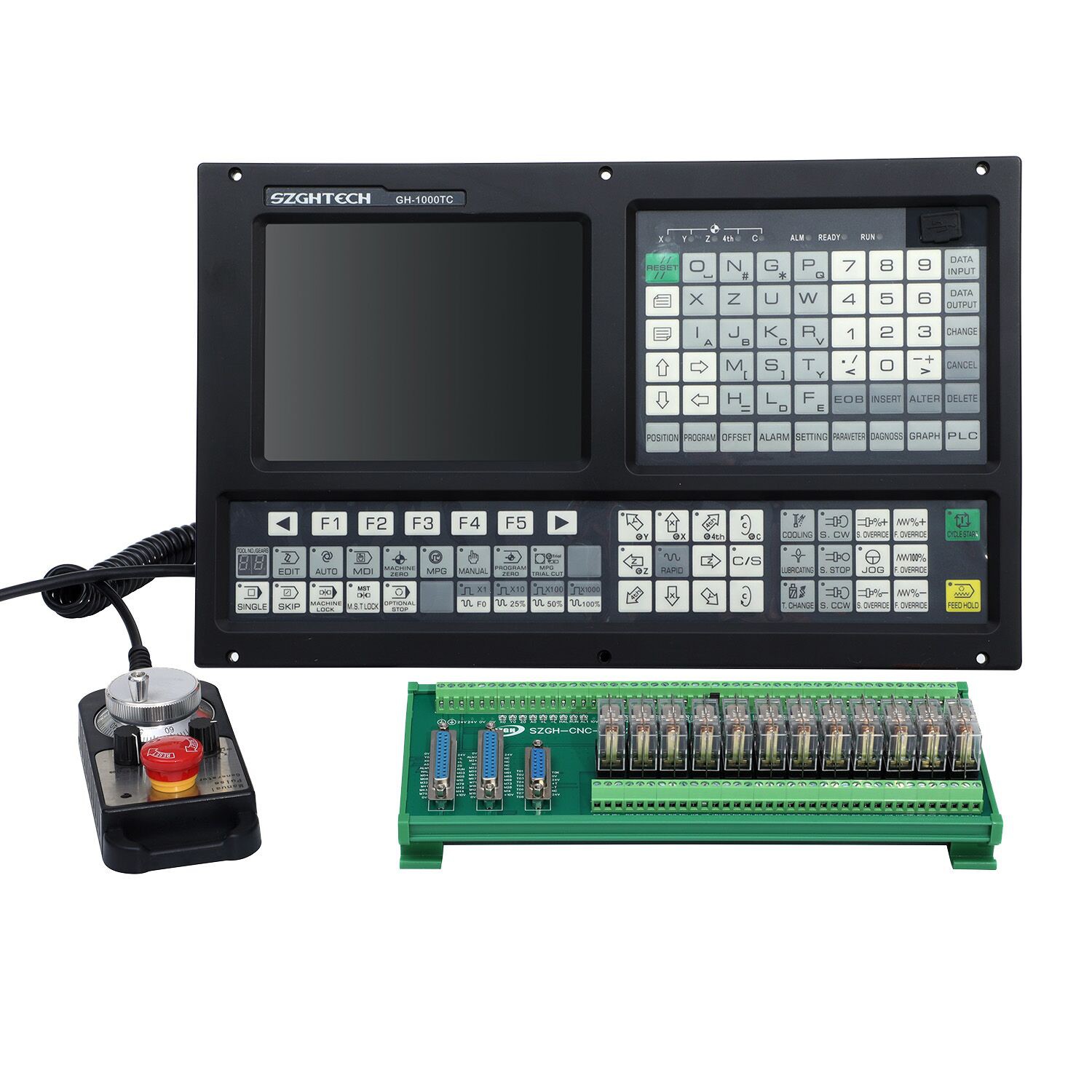
The independent controller 1000TC-2 used to control CNC lathes is controlled by STEP / DIR protocol. The minimum stroke is 0.01mm, linear and circular interpolation. 8.6-inch color LCD screen, support U disk.
Controller Function:
1) Support Dual analog voltage(0~10V) & C-axis for Spindle servo(M800)
2 Support Stepper/Increment/Absolute/EtherCAT/Powerlink Servo for Feeding Axes
3) Scanning Function & Auto Tool Setter/Probe
Application: CNC Lathe & Turning Machinery and especially automatic equipment
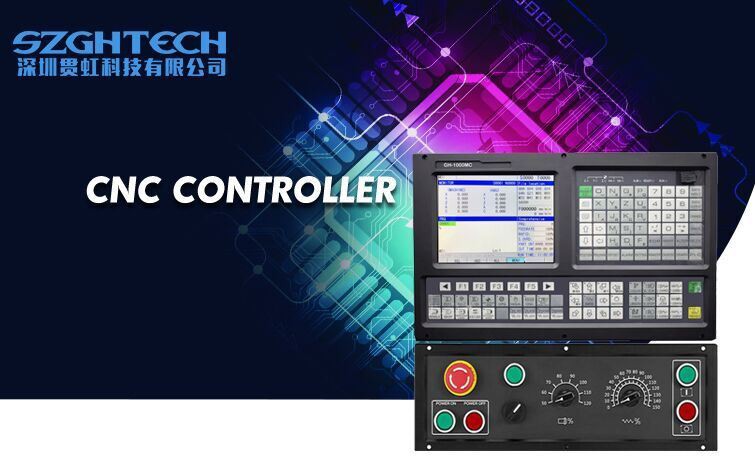

Our controller runs G code, has PLC software, 128MB, and runs fast. Compared with our peers, we have a professional technical team!GH always do high-quality product and professional service to our clients.
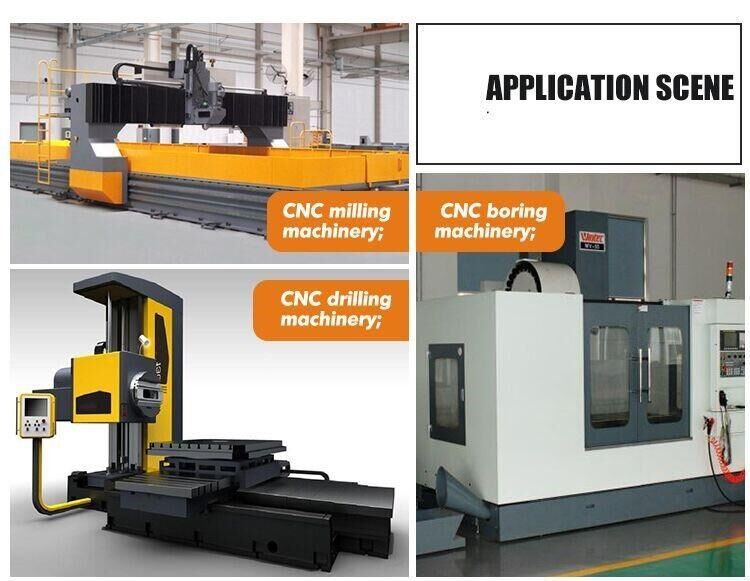
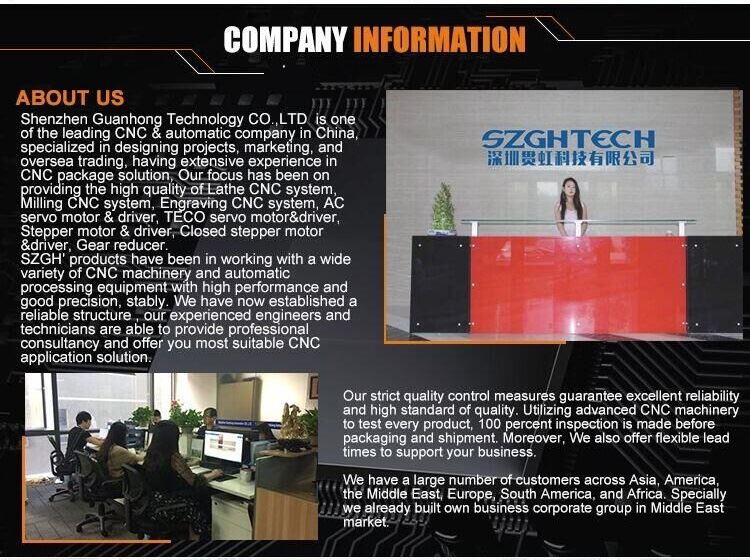
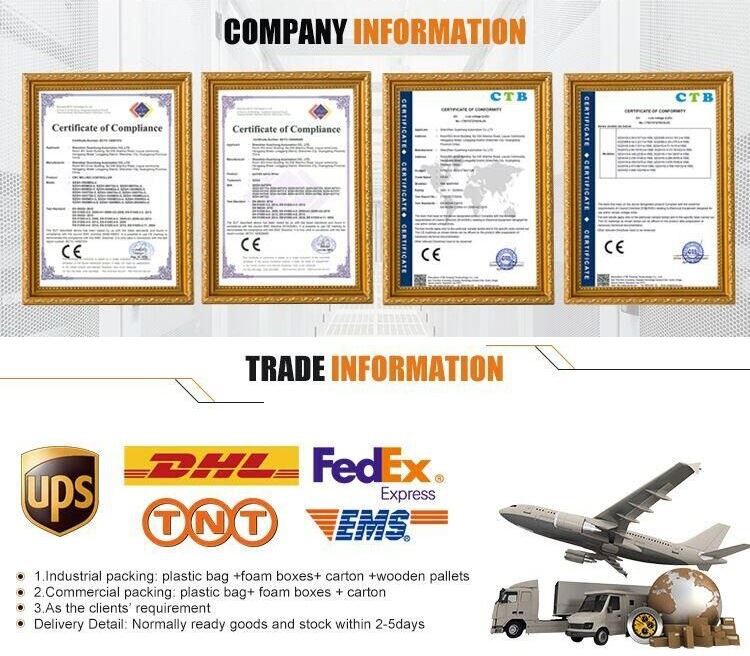
FAQ
Q: How many different types of products your company manufactures?
A: Now we have more than 300 products. We have a strong advantage of OEM, just give us the actual products or your idea that you want, we will manufacture for you.
Q: When can I get the price?
A: Usually we quote within 8 hours after we get your inquiry.
Q: What’s your MOQ?
A: If we have the products in stock, it will be no MOQ. If we need to produce, we can discuss the MOQ according to the customer’s exact situation.
Q: How long is your delivery time?
A: The general delivery time is 4-6 days after receiving your order confirmation. , if we have the goods in stock, it will only take 1-2 days.
If you have any other questions about our High Performance 5 Axis Lathe and Turning CNC controller with new English control panel ARM+DSP+FPGA usb cnc complete kit, pls feel free to contact us as below.


